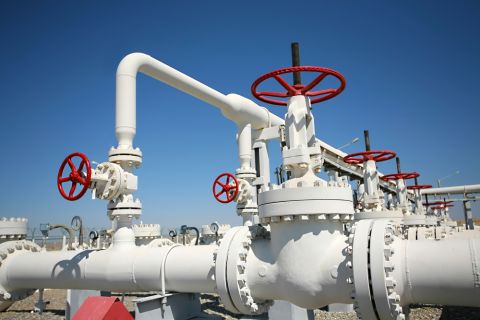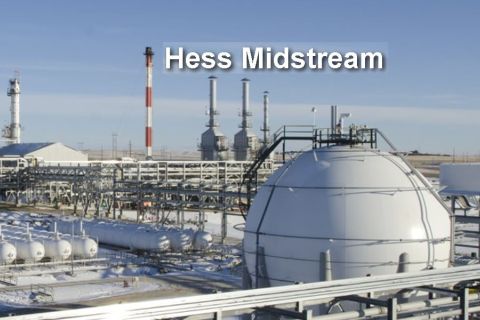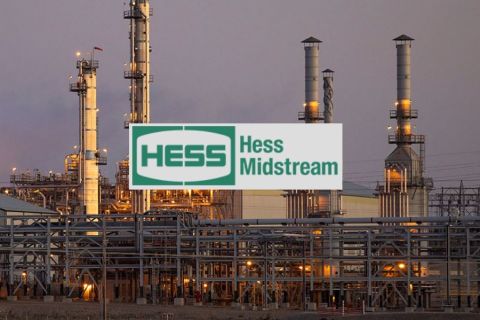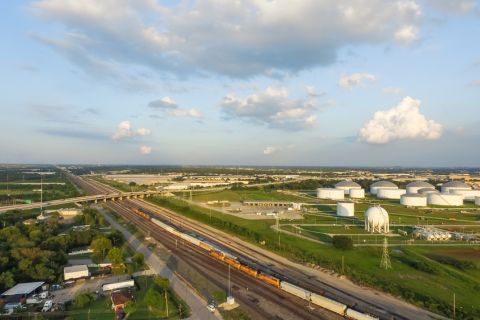Throughout the oil and gas industry there is constant pressure to demonstrate daily improvements in drilling operations. Due to the risks involved, an effective early warning system must be in place. Many years before the Macondo incident, some form of real-time monitoring for drilling had already been part of the industry’s practice to ensure the integrity and efficiency of drilling operations. But any reliable system depends on the available data, its accuracy, and the mechanisms available for alert and response.
A post-Macondo US National Commission report stated, “In the future the instrumentation and displays used for well monitoring must be improved. There is no apparent reason why more sophisticated automated alarms and algorithms cannot be built into the display system to alert the driller and mud logger when anomalies arise. It is no longer acceptable to rely on a system that requires the right person to be looking at the right screen at the right data at the right time and then to understand its significance in spite of simultaneous activities and other monitoring responsibilities.”
These observations could not have positioned more succinctly the case for improved drilling surveillance, facilitated by developing applications of the Wellsite Information Transfer Standards Markup Language(WITSML) format. This format, now managed and supported by Energistics, the upstream standards global consortium, has been developed for more than two decades by the industry to provide a standard language for the seamless exchange of geotechnical data between disparate data acquisition companies on a drilling project and the operating company. The value of WITSML in the flow of drilling information has long been recognized by Saudi Aramco.
Collaborating on a technology platform
Petrolink collaborates with Saudi Aramco using its proprietary WITSML data management solution, a new technology platform that has been recently adopted by Saudi Aramco to impact many drilling data and systems projects. With its inherent WITSML capability, the technology provides true data input/output interoperability to improve multidisciplinary communications between remote site personnel, service company personnel, and office-based operational and technical professionals.
The integrated system collects, aggregates, stores, and displays data from rig drilling sensors, mud logging, MWD, and measurement while logging (LWD plus wire-line). The data are transmitted and displayed instantly at the Aramco Real-Time Operations Centers (RTOCs). Here, all of the company’s active drilling operations are monitored by teams able to call on the relevant specialists in the event of a concern.
A key benefit of the system is that all of the data are translated via the WITSML platform regardless of original format. This allows LWD, MWD, and drilling data for any drilling project to be combined and seamlessly displayed for monitoring and analysis in the RTOCs. The WITSML format also means that the data can be accessed by approved third-party applications and databases. The process enables efficient, immediate review and decision-making by the company’s team of experts at one central location in constant contact with onsite personnel.
Saudi Aramco already has implemented the most advanced application of open standards monitoring and visualization of industry drilling data. The company recently embarked on steps that will take it even closer toward the ultimate drilling surveillance scenario – where all available data can be displayed and analyzed with an increased level of automation and accuracy.
Real-time, ‘static’ data combined
The impetus for this strategy comes from an awareness that real-time data alone cannot provide the full picture of what is happening. A new real-time transmission and viewer service aims to take advantage of the latest data objects available with WITSML. For the first time RTOC personnel can view real-time drilling data “fused” with reporting objects that have been generated “out of band” via other systems.
These additional static data could be bottomhole assembly (BHA) details, casing point details, or other daily drilling information that is not usually combined with real-time data. This combination provides a much more powerful analysis tool with more sensitive alert triggers that can significantly increase the overall safety and efficiency of the project.
Reporting data that are stored in the Saudi Aramco Drilling Knowledge (SADK) base are now translated into WITSML so that these “static” data can become reporting objects, able to be displayed and analyzed automatically in association with real-time data.
For example, in a review of torque and drag during drilling, the RTOC drilling team will need to know the BHA configuration to calculate parameters such as the “stiffness” of the drillpipe and whether it might become stuck. These calculations can take advantage of information that has been derived from SADK automatic translation into WITSML, allowing this information to be added to the real-time data flow so that a new, more informative curve that assesses the torque and drag on the drillpipe can be created and displayed alongside the real-time sensor readings.
It is true that this type of fused data has always been available, but it would previously have had to be manually derived. The “fusion” of the reporting and real-time data that Petrolink provides to Saudi Aramco is now automatic. This vital interoperability allows operators such as Saudi Aramco to improve the data security and control of its own data from the point of acquisition.
From an operational point of view it does not matter how the static data objects – drilling, fluids, BHA, tubular, and wellbore geometry – are generated. The drilling report data could be alphanumerical data manually entered and stored or summarized real-time data. Regardless, they can be sourced in WITSML and made available to whomever needs them.
The advances – made possible by this innovative use of WITSML – are part of the incremental improvements in drilling surveillance in which Saudi Aramco has been a pioneer. By having open standards as the primary source and transport system for real-time (and reporting) data, there is a scope to reduce the duplication of effort and downtime, improve the quality of data as a result of automated procedures, and enable more than just real-time data to contribute to drilling surveillance. It is an approach intended to ensure safer and more effective drilling.
Recommended Reading
Ozark Gas Transmission’s Pipeline Supply Access Project in Service
2024-04-18 - Black Bear Transmission’s subsidiary Ozark Gas Transmission placed its supply access project in service on April 8, providing increased gas supply reliability for Ozark shippers.
Hess Midstream Announces 10 Million Share Secondary Offering
2024-02-07 - Global Infrastructure Partners, a Hess Midstream affiliate, will act as the selling shareholder and Hess Midstream will not receive proceeds from the public offering of shares.
Hess Midstream Subsidiary to Buy Back $100MM of Class B Units
2024-03-13 - Hess Midstream subsidiary Hess Midstream Operations will repurchase approximately 2 million Class B units equal to 1.2% of the company.
Pembina Pipeline Enters Ethane-Supply Agreement, Slow Walks LNG Project
2024-02-26 - Canadian midstream company Pembina Pipeline also said it would hold off on new LNG terminal decision in a fourth quarter earnings call.
Midstream Operators See Strong NGL Performance in Q4
2024-02-20 - Export demand drives a record fourth quarter as companies including Enterprise Products Partners, MPLX and Williams look to expand in the NGL market.





